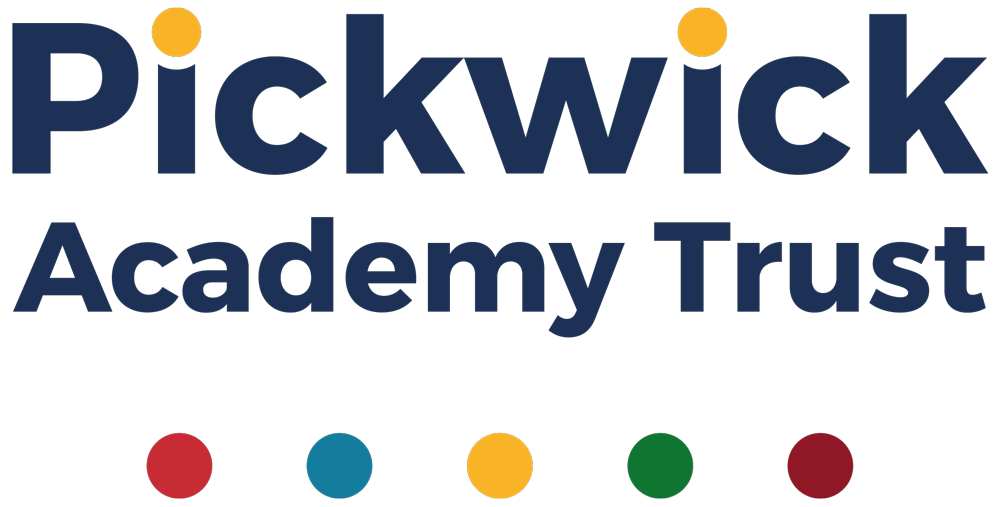Maths
At Ivy Lane, we aim to inspire every pupil to develop a love of Mathematics by providing pupils with the knowledge, skills, concepts and processes they require to be successful.
At Ivy Lane we follow the White Rose curriculum for maths which allows for progression of skills and knowledge through the teaching of blocks, where concepts are the primary focus for a longer duration of time. This allows children time to master key concepts and apply them to a range of mathematical scenarios before moving onto new concepts. Our curriculum allows key concepts to be embedded and then regularly re-visited throughout the year during subsequent blocks.
The full year overview for your child’s year group can be accessed via the link below:
IMPLEMENTATION
We offer pupils a rich, varied and enjoyable experience of Mathematics and constantly strive to ensure that all children have a secure understanding of the Mathematics curriculum. This includes the mastery of Mathematics; a deep, long-term, secure and adaptable understanding of the subject. This approach reflects the three main aims of the National Curriculum:
- Developing fluency - rapid and accurate recall and application of number facts and concepts;
- Developing pupils’ confidence to reason mathematically;
- Developing pupils’ ability to apply Maths to solve problems, to conjecture and to test hypotheses.
EARLY YEARS
In Early Years, Mathematics is related to ‘Numbers’ and ‘Shape, Space and Measure’ as set out in the Early Years Foundation Stage Curriculum. Pupils will begin to count and order numbers from 0-20 and identify one more or one less. They will engage with simple addition and subtraction activities using practical resources and solve problems involving doubling, halving and sharing. They will explore the characteristics of different objects and shapes, using mathematical language to describe them and also have the opportunity to create repeating patterns and identify them in the wider world. In addition to this, children will be encouraged to use everyday language to talk about size, weight, capacity, position, distance, time and money in order to compare quantities and objects and to solve problems.
KEY STAGE 1
In Key Stage 1, Mathematics focusses on developing pupils’ confidence and fluency with numbers, place value and calculations. We maintain a focus on practical methods using concrete resources, manipulatives and pictorial representations. Alongside this, pupils will develop their ability to recognise, describe, draw, compare and sort different shapes. Children will use a range of measures to describe and compare different quantities such as length, mass, capacity/volume, time and money through experiential learning. Throughout Key Stage 1, pupils will be taught a range of mathematical vocabulary and will be encouraged to use this to support their explanations and reasoning through the use of mastery tasks, true or false statements and other activities requiring verbal reasoning. This provides the foundations for Key Stage 2, where pupils will to start to deal with more complex problem solving, abstract representations and will be expected to develop their reasoning skills further.
KEY STAGE 2
In Key Stage 2, Mathematics continues to develop pupils’ fluency with number and calculation. However, there is now a greater focus on mathematical reasoning and analysing connections between concepts. This in turn enables pupils to apply their skills to different contexts, with lessons including a wide variety of strategies to promote deeper understanding. Key Stage 2 pupils will be exposed to different measuring instruments and will be taught to use them with accuracy whilst also making connections between measure and number. Concepts such as fractions, decimals and percentages (and their relationship), ratio & proportion, algebra, and an understanding of statistics also form part of the KS2 curriculum. Alongside this, pupils will continue to practice their multiplication tables up to and including the 12 times table and show precision and fluency in their work.
Please click documents below to view our school’s Calculation Policies.





